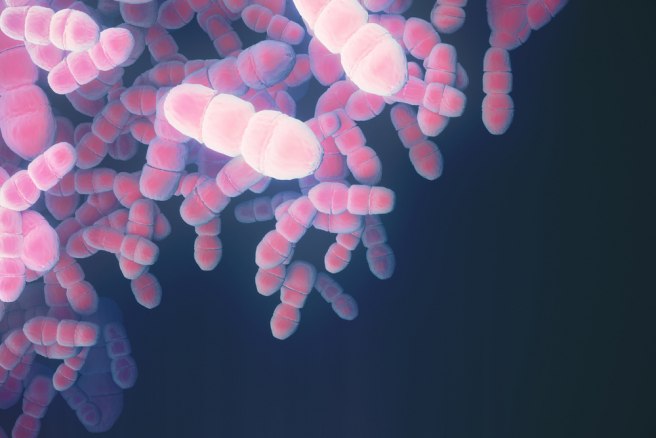First movie stored in the DNA of living cells

Pushing the limits of biology, a group of researchers was able to succeed in an extremely ambitious experiment—storing a movie in the DNA of a living bacteria cell. While storing data in DNA is not a new concept, this is the first time information was encoded in the DNA of a living cell. A five-frame clip of a galloping horse from Eadweard Muybridge’s immortalized Human and Animal Locomotion series of 1878 was used by scientists for this purpose. Incidentally, the galloping horse was the first ever example of a moving image and has now become the first movie ever to be encoded in the DNA of a living cell.
Led by George Church, a team from Harvard University’s Wyss Institute for Biologically Inspired Engineering used the CRISPR gene-editing system to build the first “molecular recorder.” The team converted each shaded pixel of the clip of the horse galloping into a DNA code. The researchers then embedded this sequence of information into the genome of the bacteria using gene-editing. The bacteria were then left in the lab to divide and multiply, thereby passing the movie on to successive generations.
The purpose, however, is not to store and watch movies. The researchers want to use this technique to capture biological developments inside the body. The recorded data would be valuable to understand brain development, and observe and treat illnesses and diseases.


